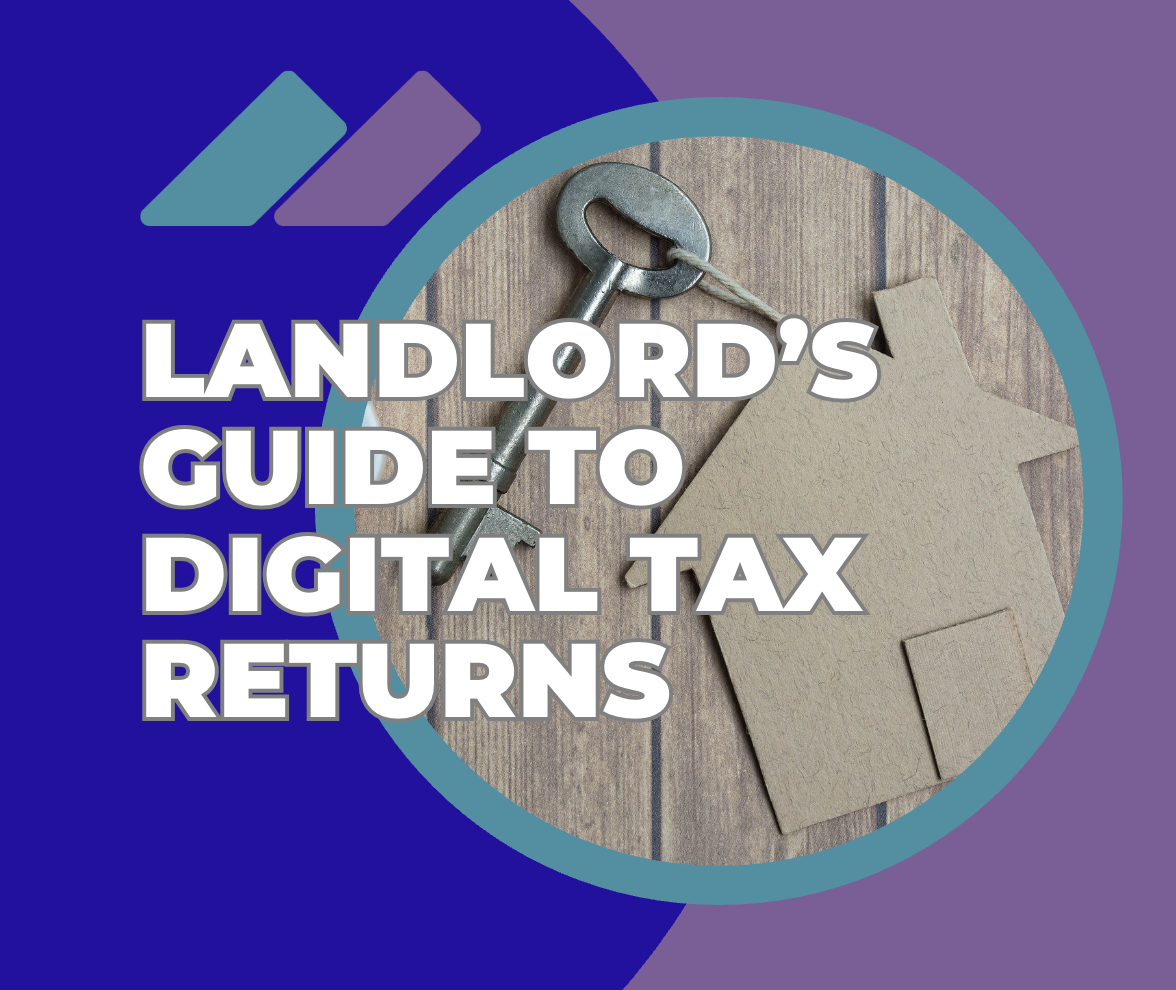The Government has recently reminded landlords with qualifying income over £50,000 to begin preparing for the digitalisation of their annual tax return process.
The Making Tax Digital (MTD) initiative, first introduced by the UK Government in 2015, aims to simplify the annual income self-assessment process for landlords.
However, the term “simplify” in this context refers to digitising the process, often through specialist landlord accounting software, rather than reducing the frequency of returns.
While the current system requires landlords to submit an annual return, MTD requires quarterly submissions, in addition to an end-of-year return, which increases the level of reporting required.
Initially, MTD was set to apply to landlords with a qualifying income of over £10,000 — which includes the majority of landlords.
Due to pressure from landlord groups, the implementation timeline was delayed, and the income thresholds for MTD compliance were reassessed. “Qualifying income” refers to the gross income from self-employment and property, i.e., the total income before tax allowances and expenses are deducted.
For landlords with a qualifying income over £50,000, MTD will come into effect on 6 April 2026. With quarterly reporting, landlords will need to submit information more frequently, and the ability to keep electronic records will, in theory, reduce the time spent gathering figures from previous years.
This change should make it easier for landlords to manage their tax returns, rather than sifting through piles of paper from months or even years ago (especially when trying to meet the 31 January filing deadline).
Landlords in this group should start exploring MTD-compliant software now, to avoid any last-minute rush or technical issues.
For landlords with a qualifying income above £30,000, the deadline for compliance is April 2027. From April 2028, landlords with income exceeding £20,000 will also need to adopt MTD.
There are several commercial software solutions already available to assist with MTD compliance, and these are helpfully outlined in the Government’s guidance, which you can access online.
These include ‘bridging’ software that, as the name suggests, allows you to link your existing spreadsheet records or accounting software with systems that are compatible with MTD.
It’s essential to review these options based on your specific needs. Some packages will enable you to send quarterly updates and submit your annual tax return, while others may not. This flexibility means that landlords who rely on accountants to file their annual returns may prefer to continue this arrangement, while opting to send their own quarterly updates.
Expect more software packages to be introduced as the April 2026 deadline approaches.
MTD is now on its way, and it’s unlikely to be postponed further. The phased implementation schedule provides ample time for landlords to familiarise themselves with the new process and select the option that best suits their needs.




